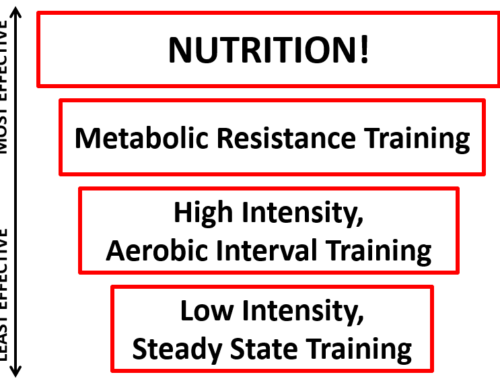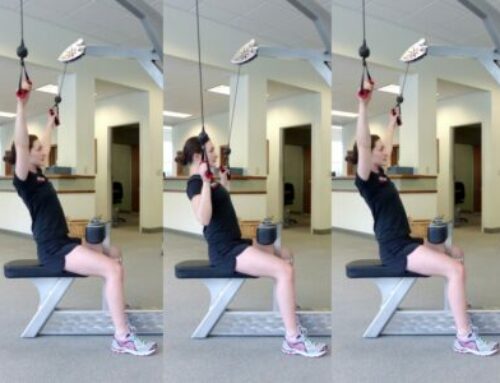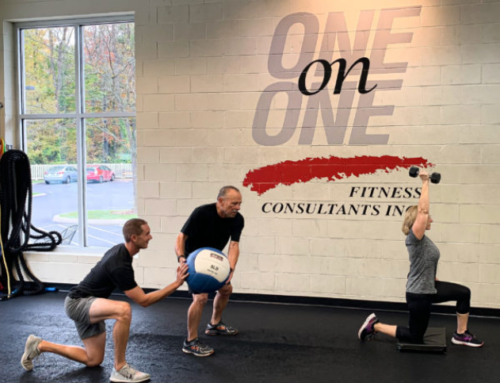By The One on One Team
Pain…we all experience it. However, it is not necessarily a bad thing. Pain can serve as a warning device that says, “If you keep doing this, this way, you are going to have problems!” Unfortunately,we often ignore these subtle hints and end up with bigger issues down the road. Chronic pain is usually the product of dysfunctional movement patterns performed over and over. While we may never be able to live completely pain free, we can be proactive in avoiding or alleviating unnecessary pain. This is the ultimate goal of corrective exercise.
Corrective exercise is a progressive system of training geared towards correcting faulty movement patterns and weak links in the body’s kinetic chain. Through specific mobility, stability and patterning exercises, faulty movements can be improved and potentially eliminated. Corrective exercise can then be used to maintain certain fundamental movement patterns. In other words, corrective exercise aims to bring the body into balance and to keep it there.
The corrective exercise process is simple: assess, implement corrective strategy, and then reassess. Specific corrective exercise strategies stem from a thorough movement assessment. At One on One, we use the Functional Movement ScreenTM to rank and grade fundamental movement patterns that are key to normal function. The results of the screen are then prioritized and a specific exercise program is created. The most important aspect of the corrective exercise process is to reassess. Reassessing helps determine if the corrective strategies are making a difference. If they are not, the strategies are modified until the right ones are identified.
Corrective strategies include mobility, stability and re-patterning exercises. Typically, corrective strategies aim to improve mobility first and then increase stability through the newly acquired ranges of motion. The finished product is a coordinated and functionally correct movement pattern. For example, a mobility exercise for the “Overhead Deep Squat” might include a prayer stretch with a reach roll and lift. A stability exercise for the same pattern might include a tall kneeling cable chop and a re-patterning exercise might include an assisted deep squat progression.
There are many benefits of corrective exercise, including;
- Improved static and dynamic posture
- Decreased pain
- Decreased risk of injury
- Performance enhancement
- Increased mobility, movement quality and efficiency
Corrective exercise is a proactive approach for anyone suffering from chronic pain, recurring injuries, limited mobility and/or decreased functional capacity. It is useful for anyone looking to improve their “performance” in sport or life.
Copyright 2011 Fitness Consultants Inc. All rights reserved.




